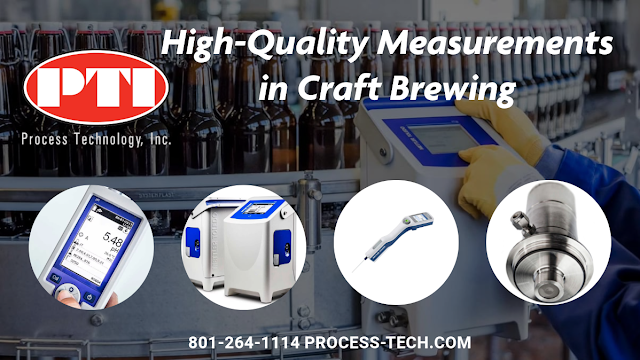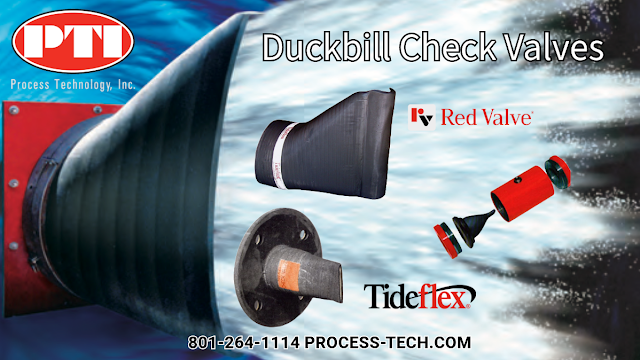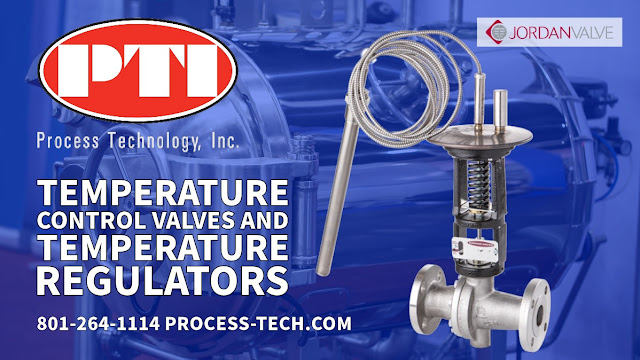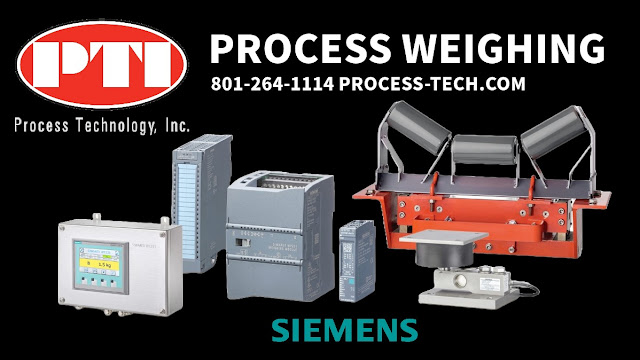Abrasion is one of the most challenging issues for valves when used in mining industry slurries. Slurries often contain abrasive particles, such as sand, gravel, and rock fragments, which can cause significant wear and tear on valve components. Over time, this abrasion can lead to valve failures, leaks, and reduced performance, resulting in costly downtime and maintenance.
To manage the challenge of abrasion, valve manufacturers employ several strategies:
Material selection: Valve components exposed to abrasive slurries are constructed from highly wear-resistant materials, such as hardened alloys, ceramics, or elastomers. These materials can withstand the constant bombardment of abrasive particles and maintain their integrity over extended periods.
Coating and surface treatments: Valve surfaces can be coated with hard-wearing materials, such as tungsten carbide or chrome, to increase their resistance to abrasion. These coatings provide an extra layer of protection and can significantly extend the valve's service life.
Design modifications: Valve designs can be optimized to minimize the impact of abrasive slurries. For example, some valves feature streamlined flow paths that reduce turbulence and minimize the contact between the slurry and valve components. Other designs incorporate replaceable wear parts, such as sleeves or liners, which can be easily replaced when worn without replacing the entire valve.
Proper sizing and selection: It is crucial to select the right valve size and type for the specific slurry application. Oversized valves can increase turbulence and accelerate wear, while undersized valves can cause high-pressure drops and reduced performance. Valve experts can help mining companies select the most suitable valve for their specific slurry application, considering particle size, concentration, and flow rate.
Regular maintenance and monitoring: Implementing a regular maintenance and monitoring program can help detect and address abrasion issues before they lead to valve failures. Regular maintenance may include periodic inspections, cleaning, and replacement of worn components and monitoring of valve performance indicators, such as pressure drop or leakage rates.
Elastomer pinch valves, like those manufactured by Red Valve, are an excellent choice for mining slurry applications due to several key advantages they offer:
Abrasion resistance: Pinch valves feature a resilient elastomer sleeve that can withstand the abrasive nature of slurries. The elastomer material, such as natural rubber or neoprene, can absorb the impact of abrasive particles and resist wear, ensuring a long service life even in challenging mining conditions.
Full-bore design: Pinch valves have a full-bore design, meaning that when fully open, the valve's internal diameter matches the pipeline's diameter. This design minimizes flow restrictions, reduces turbulence, and lowers the risk of clogging or material buildup, which is particularly important in slurry applications.
Gentle handling of materials: The elastomer sleeve in pinch valves gently compresses the slurry, minimizing the shear forces and particle degradation that can occur with other valve types. This gentle handling helps maintain the slurry's consistency and reduces the risk of valve damage caused by sharp or oversized particles.
Simple design and easy maintenance: Pinch valves have a simple yet effective design with few moving parts. This simplicity makes them easy to install, operate, and maintain. The elastomer sleeve is the only component that comes in contact with the slurry, and it is easy to replace when worn without removing the valve body from the pipeline.
Tight sealing: When closed, the elastomer sleeve provides a tight, 360-degree seal, preventing leaks and ensuring reliable shut-off. This tight sealing is crucial in mining applications, where leaks can lead to material loss, environmental concerns, and safety hazards.
Versatility: Pinch valves can handle various slurry consistencies, from thin, watery mixtures to thick, paste-like materials. They can also operate in multiple flow control modes, including on/off, throttling, and even non-slam check valves, providing flexibility in mining process control.
Corrosion resistance: The elastomer sleeve in pinch valves resists abrasion and provides excellent corrosion resistance. This is particularly important in mining applications, where slurries may contain corrosive chemicals or have extreme pH levels that can damage other valve types.
Red Valve, a leading manufacturer of pinch valves, offers a range of valves designed explicitly for mining slurry applications. Their valves withstand the most challenging mining conditions, providing reliable performance and long service life. By choosing elastomer pinch valves from reputable manufacturers like Red Valve, mining operations can benefit from improved process efficiency, reduced maintenance costs, and increased overall system reliability.
And as always, collaboration between mining companies and local valve experts is essential to develop and implement the most effective solutions for each application.
Process Technology, Inc.
https://process-tech.com
801-264-1114






